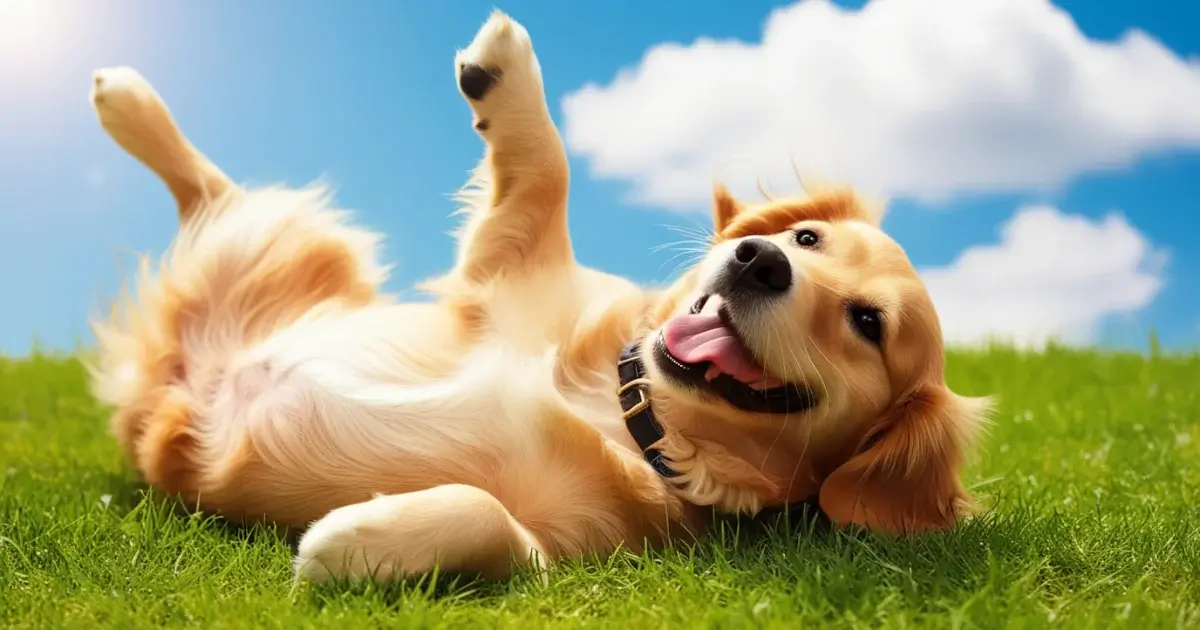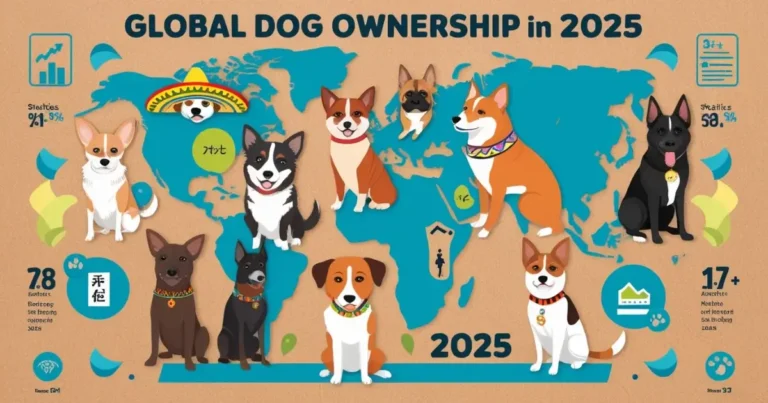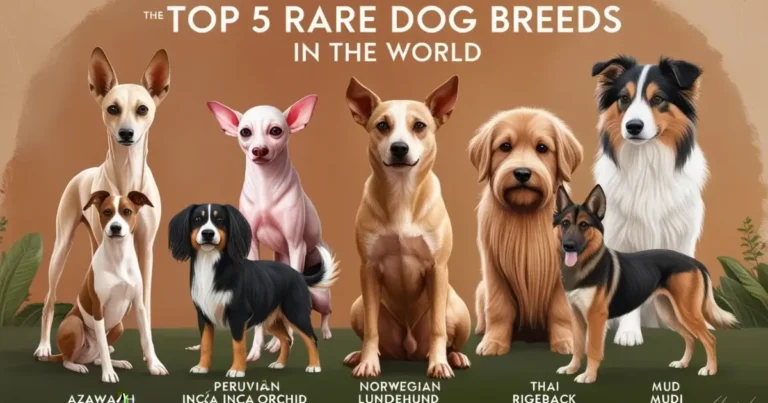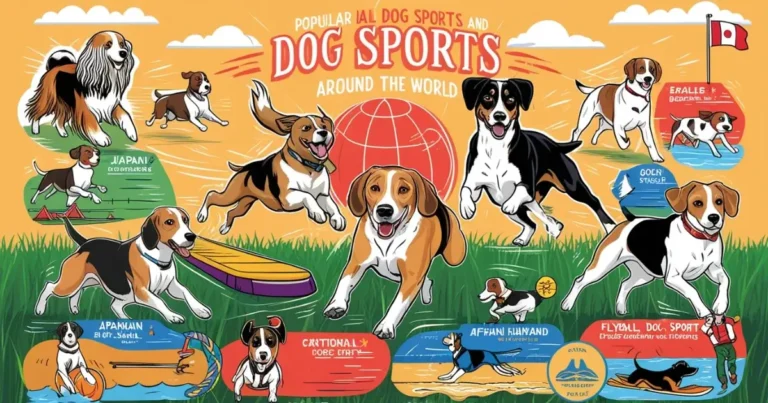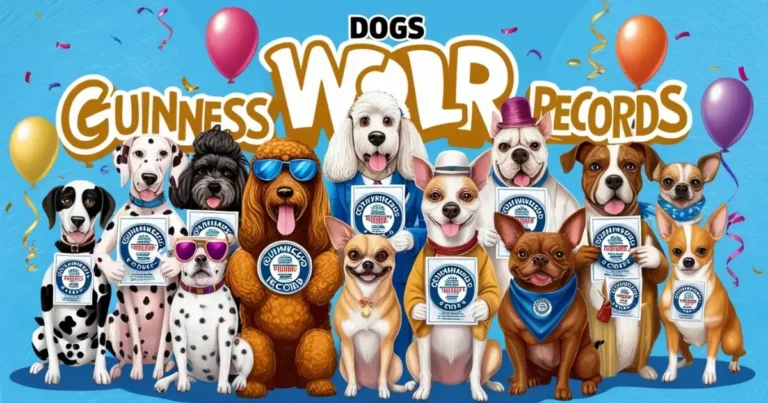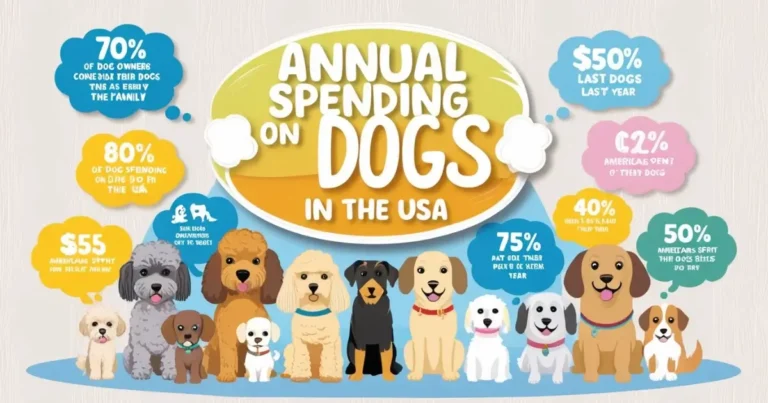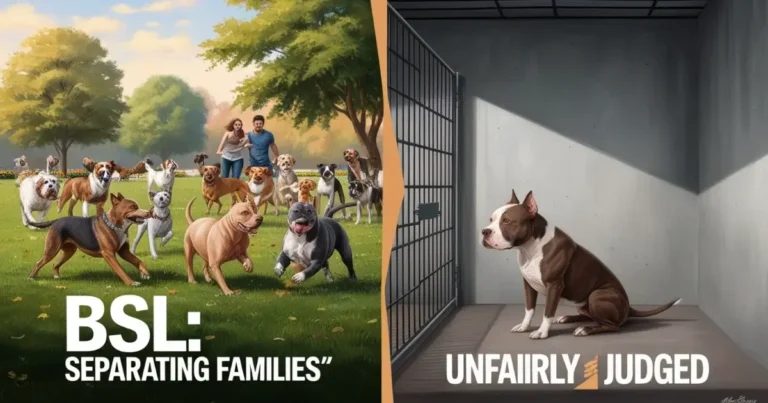Do Dogs Have Belly Buttons? Hidden Truth About Your Dog’s Navel
People often wonder, do dogs have belly buttons? The answer is yes. But they don’t look like human belly buttons.
A dog’s belly button is a small scar left after the umbilical cord detaches at birth. Unlike humans, their navel is flat and hidden under fur.
This article explains where a dog’s belly button is, what it looks like, and possible health concerns. It also answers common questions about dog belly buttons.
Table of Contents
Can Dogs Have Belly Buttons? Understanding the Science
What Is a Belly Button?
A belly button (navel) is the mark left when the umbilical cord separates after birth. All placental mammals, including dogs, have them.
How Do Dogs Develop Belly Buttons?
- In the womb, puppies get nutrients and oxygen through the umbilical cord.
- At birth, the mother chews off the cord, leaving a small scar.
- Over time, the mark fades and blends with the skin.
Do All Mammals Have Belly Buttons?
| Mammal Type | Belly Button? | Reason |
| Dogs, Cats, Humans | Yes | Placental mammals need umbilical cords. |
| Kangaroos, Koalas | No | Born underdeveloped. The cord detaches inside the pouch. |
| Platypus, Echidna | No | Lay eggs. No umbilical cord needed. |
So, dogs have belly buttons, but marsupials and egg-laying mammals do not.
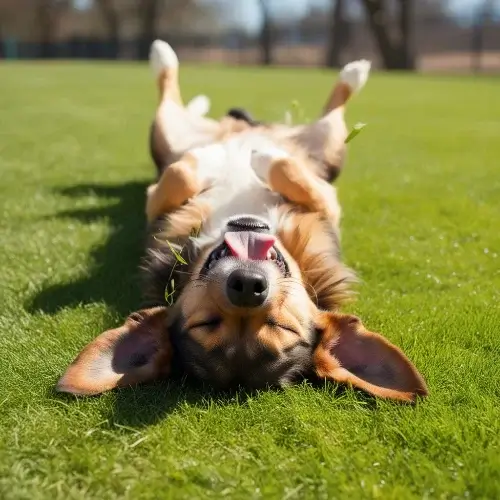
Where Is a Dog’s Belly Button?
Location of a Dog’s Belly Button
- Found on the abdomen, below the ribcage.
- Often hidden under fur, especially in long-haired breeds.
What Does a Dog’s Belly Button Look Like?
A dog’s belly button is different from a human’s. It appears as:
- A small, flat scar.
- A slight indentation or raised mark.
- A whorl of fur covering the area.
How to Identify Your Dog’s Belly Button
- Run your fingers along their lower abdomen.
- Feel for a small scar or ridge.
- Short-haired breeds may have more visible navels.
Does a Dog’s Belly Button Serve Any Function?
What Is the Purpose of a Belly Button?
A dog’s belly button has no function after birth. It is just a scar. However, before birth, the umbilical cord was essential for:
- Providing oxygen and nutrients.
- Removing waste from the developing puppy.
Once the umbilical cord is gone, the navel has no use. It does not require cleaning or care.
Do Dogs Get Belly Button Problems?
Umbilical Hernias in Dogs
Some puppies are born with umbilical hernias. This happens when the abdominal muscles fail to close properly after birth.
Signs of an umbilical hernia:
- Soft bulge near the belly button.
- Swelling that gets bigger when the dog strains.
- Discomfort when touched.
Some small hernias heal over time. Larger ones may need surgery to prevent complications.
Signs of Infection or Other Issues
Though rare, infections can develop. Watch for:
- Redness or swelling.
- Pus or foul smell.
- Pain when touched.
If you notice these signs, see a vet immediately.
Final Thoughts – The Mystery of Dog Belly Buttons Solved!
So, do dogs have belly buttons? Yes. But they look nothing like human belly buttons. They are small, flat scars, usually hidden under fur.
Checking your dog’s belly button can help detect hernias or infections early. If you see anything unusual, consult a vet.
Next time your dog lies on its back, take a look. Their tiny scar is a reminder of their birth!
FAQs
Does a dog's belly button affect their health in any way?
Normally, a dog's belly button has no impact on health. However, umbilical hernias or infections near the area can cause discomfort. Regularly check for lumps or swelling to ensure there are no underlying health concerns.
Where is a dog's belly button in long-haired breeds?
In long-haired breeds, a dog's belly button is often hidden under dense fur. To locate it, gently feel their lower abdomen, just below the ribcage. The scar is small and may be covered by a natural swirl of fur.
Does a dog's belly button ever need cleaning or care?
No, dogs have belly buttons that require no special care. Unlike humans, their belly buttons heal seamlessly after birth. However, if you see redness, discharge, or swelling, it could indicate an infection, and a vet visit is recommended.
Do all puppies have a visible belly button at birth?
Yes, but it fades quickly. When puppies are born, the umbilical cord is still attached. Once it detaches, a small scar forms. As the puppy grows, the scar blends in, making it nearly invisible in adult dogs.
